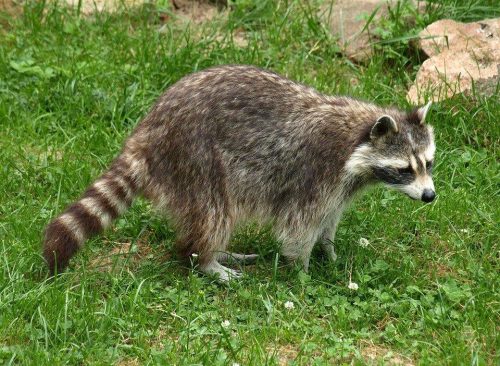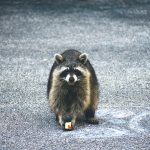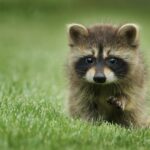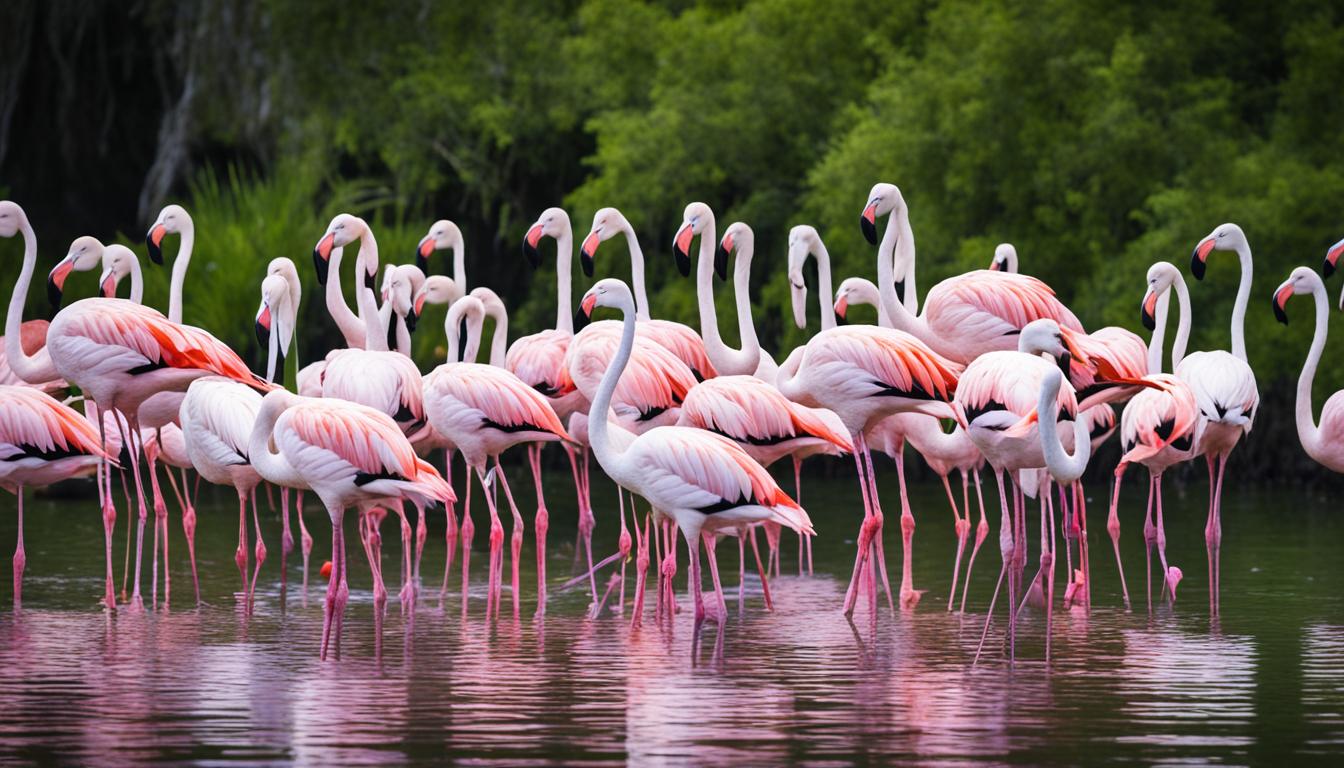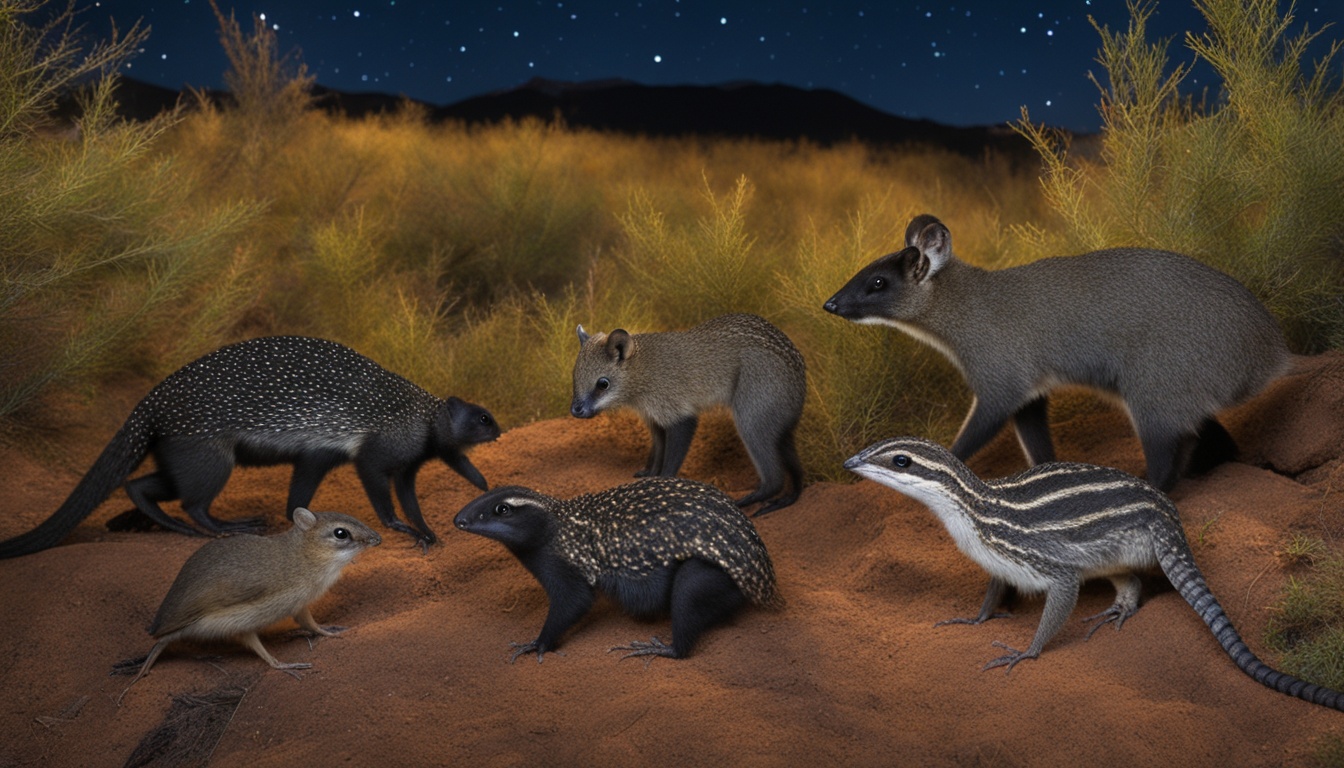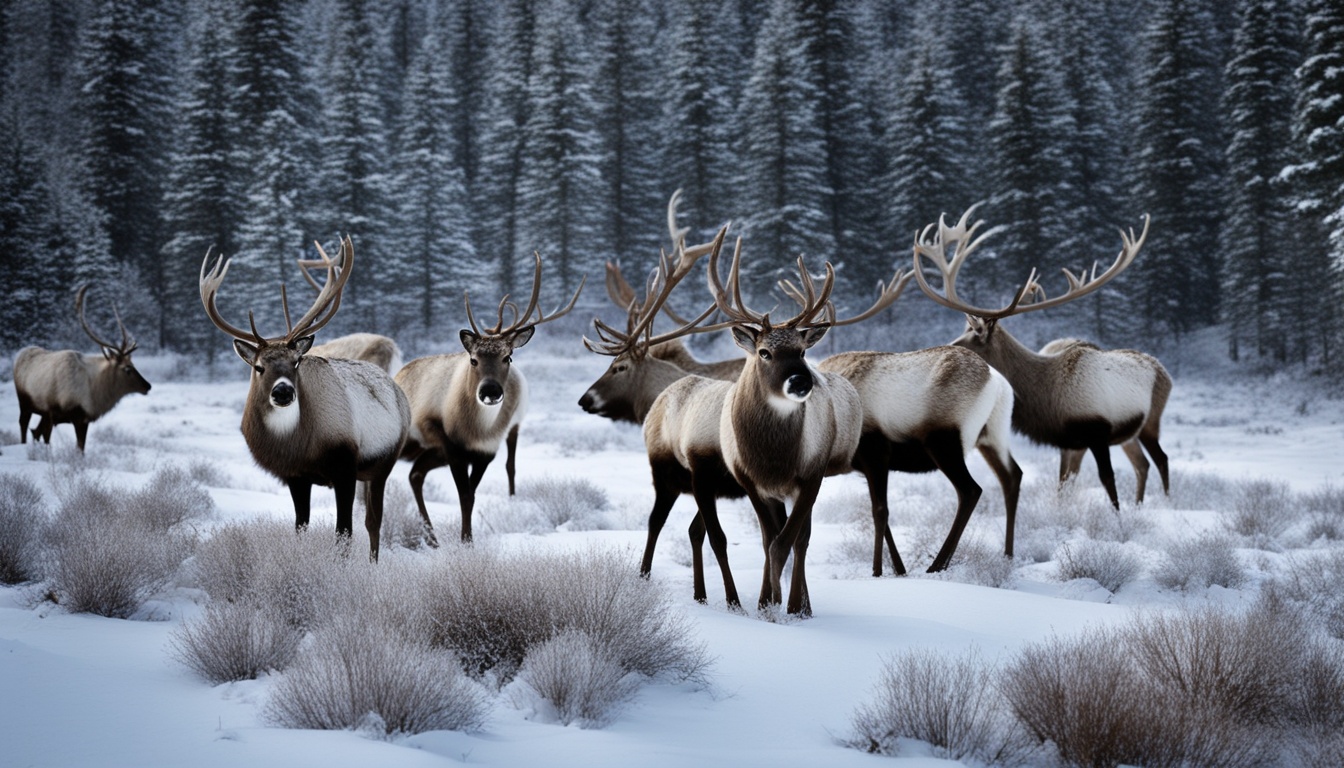Raccoons are voracious eaters who will devour practically anything. These creatures consume a wide range of foods, vegetables, insects, and fish. If they have to, they will even consume food from our rubbish to acquire a meal. Yellow jackets are a type of bug that raccoons like eating.
How Do Raccoons Eat Yellow Jackets?
Raccoons have a highly developed sense of smell, to the point that they can detect a yellow jacket nest in the ground. They go out at night hunting for food, and yellow jackets are an excellent source of food for them. Yellow jackets build subterranean nests. At any given time, there might be thousands of yellow jackets in a nest.
For raccoons, this is fantastic news. Raccoons will dig up a yellow jacket’s nest and consume the yellow jackets within if they come upon one. Yellow jackets will repeatedly sting the raccoon in an attempt to protect themselves and their nests. Because raccoons have a thick coat of fur, the yellow jacket’s stings will not penetrate deep enough to injure them.
Raccoons’ eyes, noses, and mouths are better targets, yet they nevertheless devour the insects without difficulty.

How Do Raccoons Serve As Natural Pest Control?
It’s a good thing raccoons devour yellow jackets. Predators help to keep animal numbers in check. Yellow jacket numbers are kept under check by raccoons. When yellow jackets become active, having raccoons in the neighborhood helps to lower the yellow jacket population. Raccoons, on the other hand, do not eradicate yellow jacket numbers in the wild, and they will not remove yellow jacket populations in suburban settings. Hiring pest control specialists is the best approach to get rid of yellow jackets.
Are Yellow Jackets Useful In Any Way?
Yellow jackets, like every other species in the wild, are beneficial to the ecology. These insects pollinate flowers. Yellow jackets are also beneficial since they consume pests such as flies, grubs, and beetles, to name a few.

Is It Effective Just To Kill Yellow Jackets?
Although raccoons may kill and consume yellow jackets, killing these insects is not recommended for people. Yellow jackets are attracted to those who kill them. When these insects are destroyed, they emit pheromones, which may benefit raccoons by bringing in more food, but it may be disastrous for humans.
Do Yellow Jackets Come To The Same Nest Year After Year?
Yellow jackets and other wasps do not return to the same nest next year. Each spring, new queens begin a new nest; but, if the appropriate room is available, a desirable nest site may be chosen year after year.
Is There a Predator For Yellow Jackets?
Skunks, like bears, get a major portion of their protein from insects and are one of the yellow jacket’s principal predators. Moles, shrews, and badgers will eat yellow jackets in their nests depending on where you reside.

Do Raccoons Consume Wasp Nests?
At night, raccoons will smell out the insects’ nests, dig them up, and consume the yellow jackets.
Do Raccoons Consume Hornets’ Nests?
Mice and rats, as well as skunks, raccoons, weasels, badgers, and wolverines, are all courageous enough to assault wasp nests and consume the larvae within.
Are Yellow Jackets Venomous at Night?
They are most active during the day and return to their nest at night, therefore the chances of being stung are lower at night. Yellow jacket spraying: Spraying an over-the-counter pesticide on a yellow jackets’ nest can be quite harmful.
How Long Do Yellow Jackets Live?
Typically, she would select a location composed of natural elements such as ancient logs or trees, or man-built buildings such as barns and attics. Although the queen may live for up to a year, the workers only live for 10 to 22 days.
Do Red Pandas Have any Predatory Abilities like Raccoons?
Red pandas, despite their adorable appearance, don’t possess the same predatory abilities as raccoons. While raccoons are renowned for their hunting skills and adaptability, red pandas are more focused on bamboo consumption. Although they are agile climbers and skilled jumpers, red pandas lack the red pandas swimming abilities that raccoons exhibit, making their predatory instincts quite different.
What Is The Number of Yellow Jackets In A Nest?
Nests can host 2,000 to 4,000 worker yellow jackets (all female), some drone (male) yellow jackets, and up to 50 queens at the same time! This dense population occurs only in the summer and early fall.

